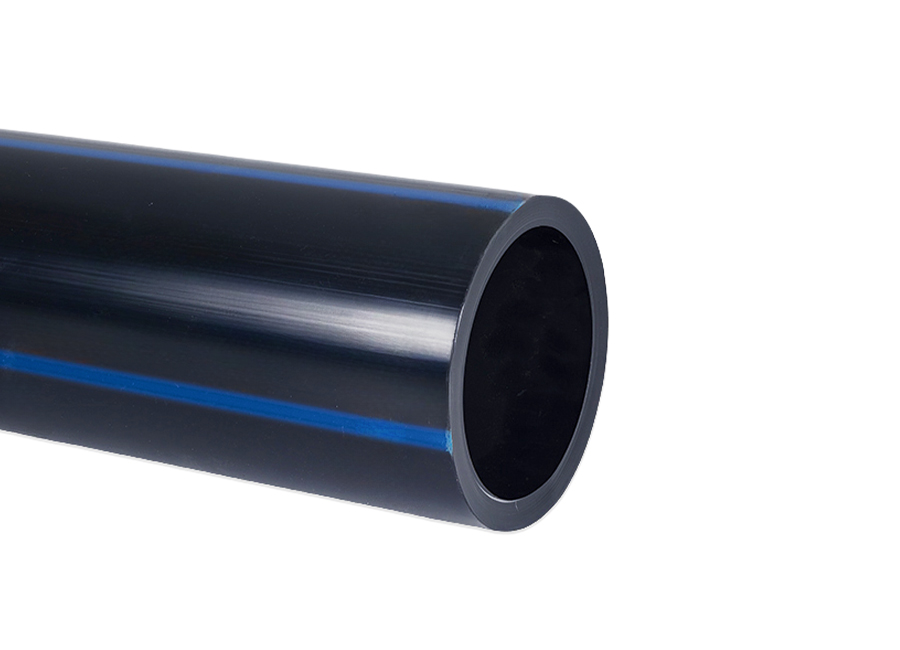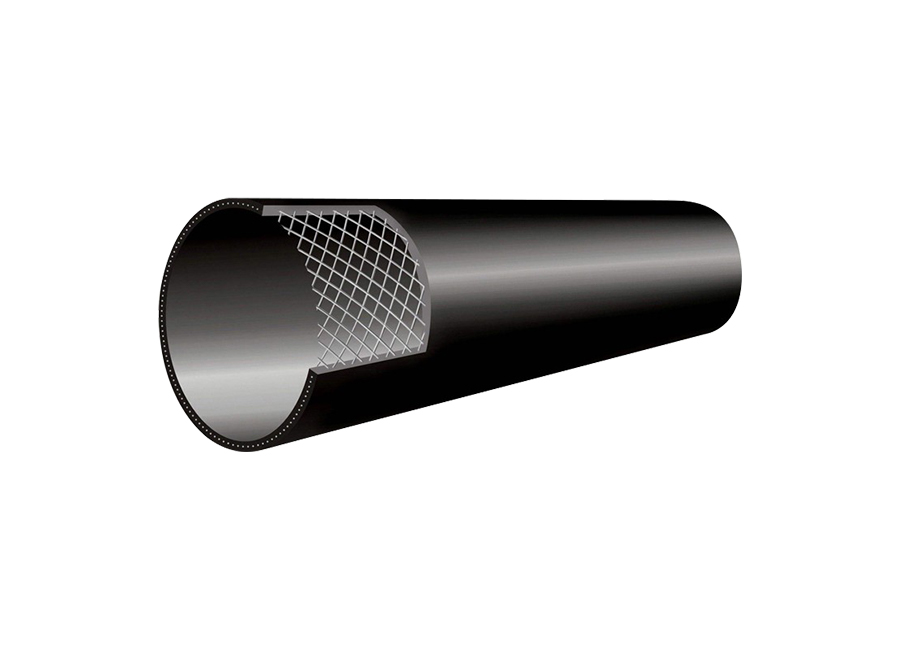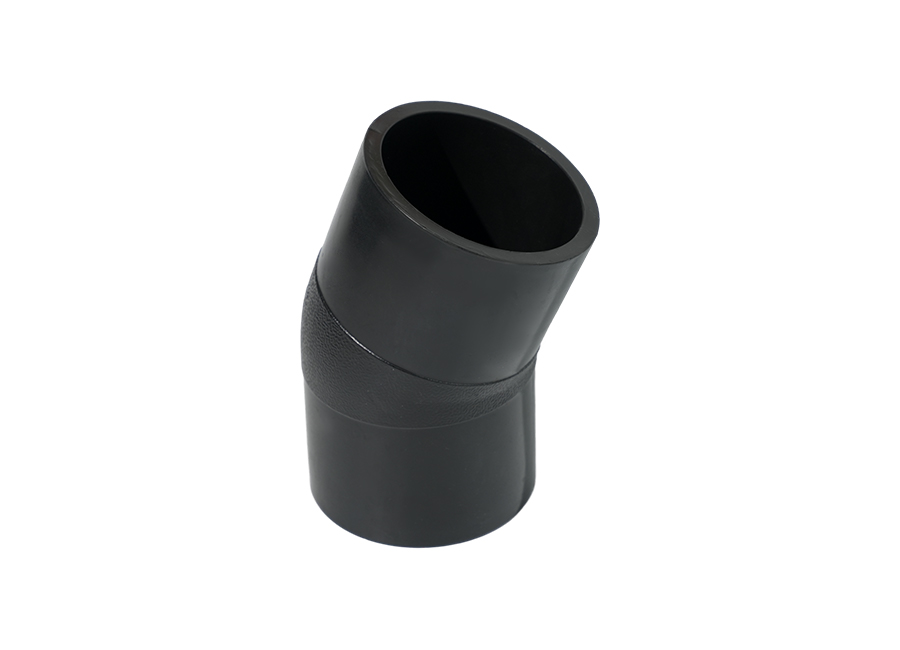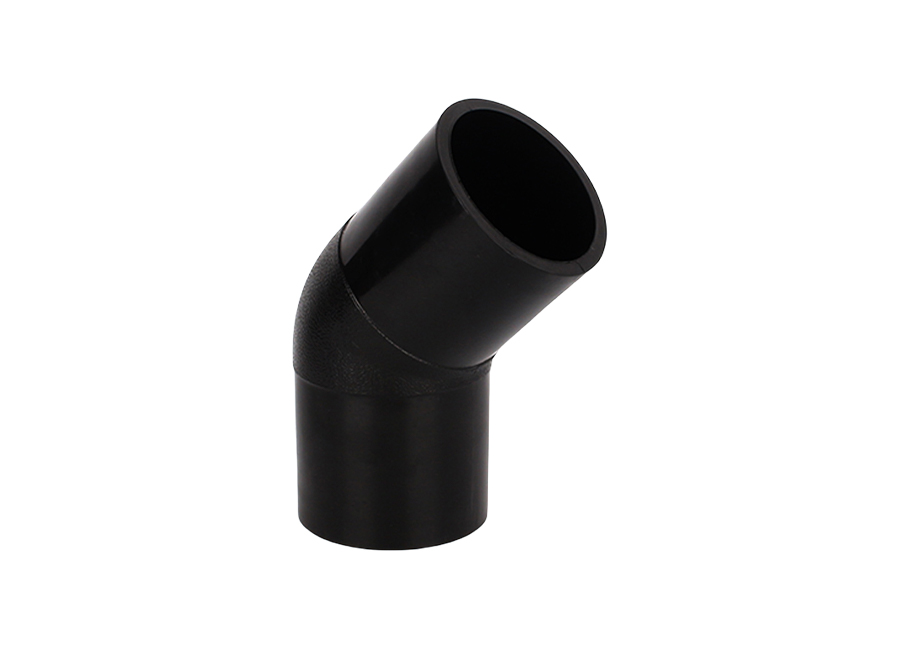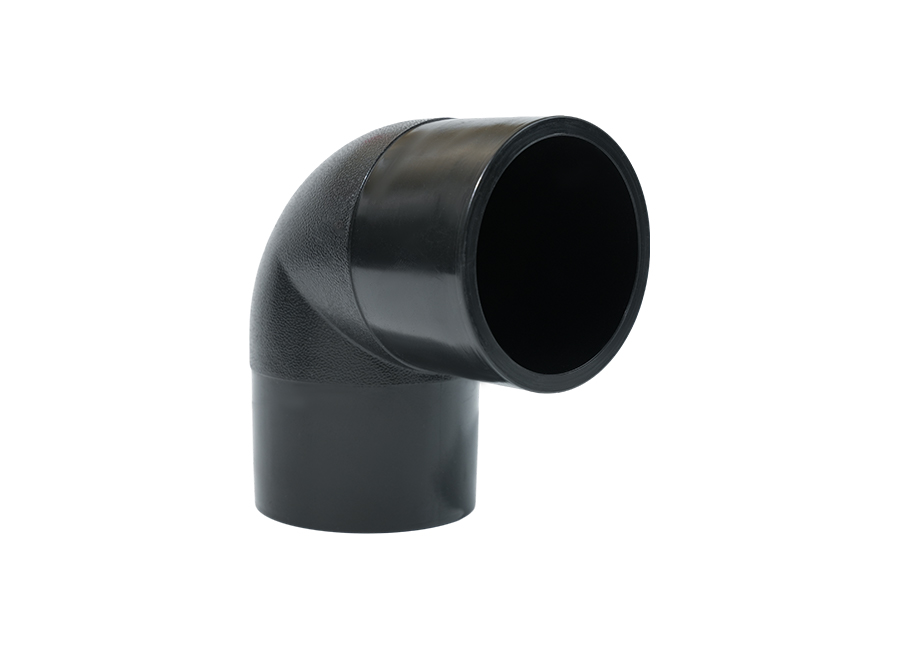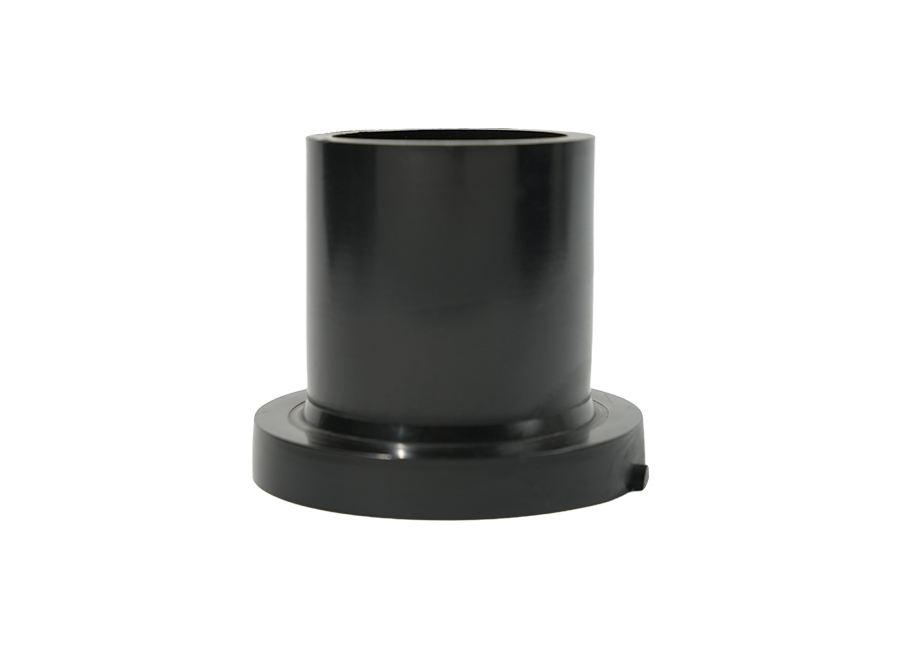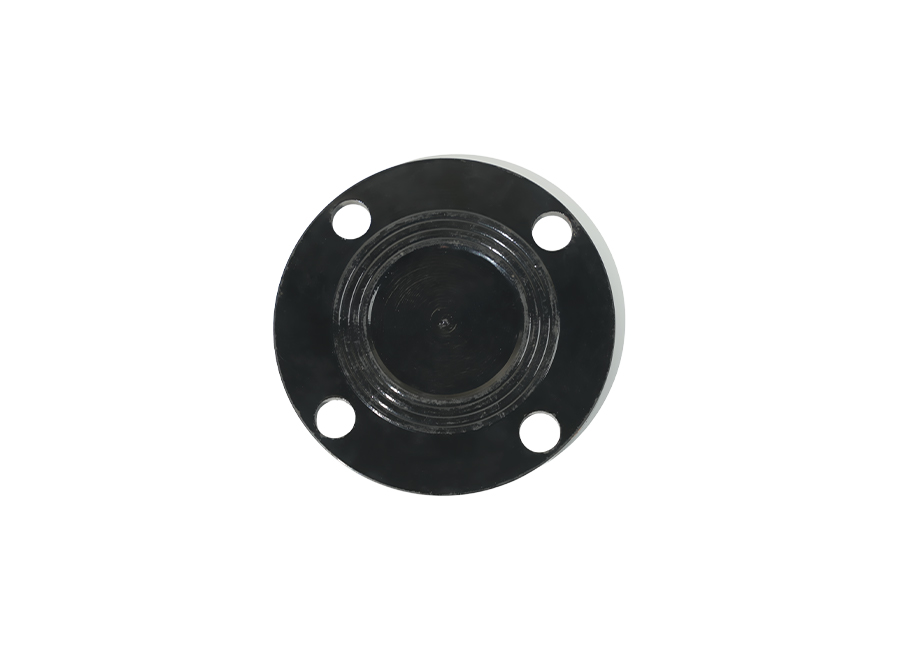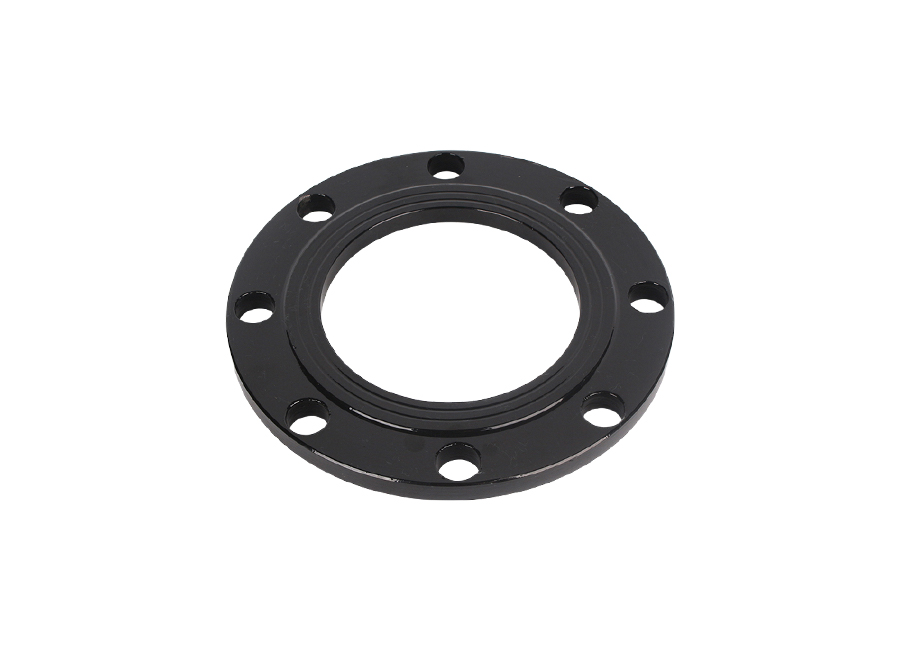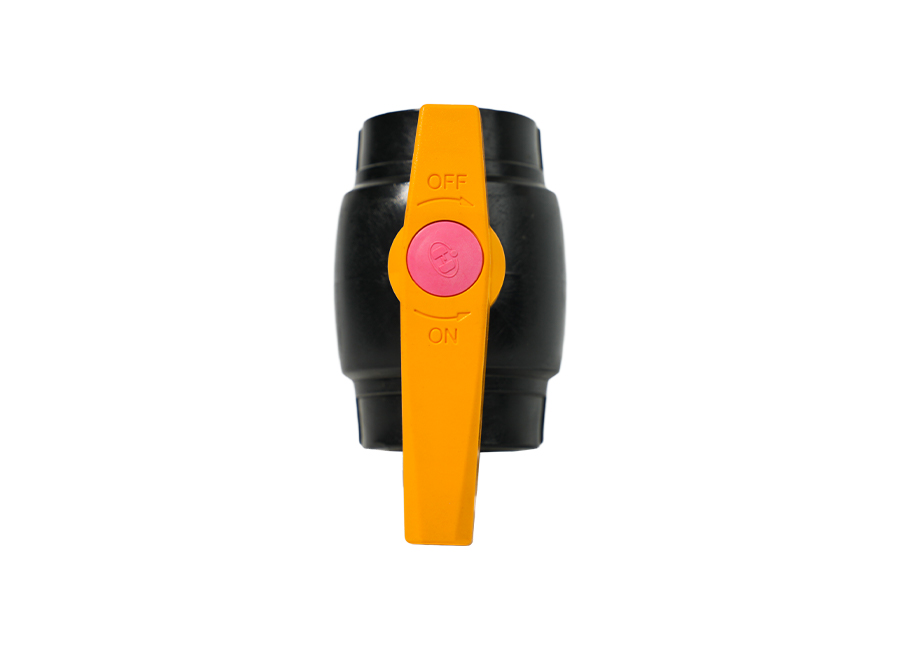The appropriate method for cleaning PVC pipes depends on their intended use and the type of dirt. PVC pipes are primarily categorized by their intended use:
Drainage/sewage pipes: Typically buried in walls or underground, cleaning focuses on unclogging and removing internal blockages.
Water pipes: Transport drinking water, cleaning focuses on removing scale and bacteria to ensure water safety.
Exposed conduit or casing: Only external cleaning is required.
1. Cleaning Drainage/Sewage PVC Pipes (Resolving Blockages)
In this case, "cleaning" usually means unclogging.
Method 1: Physical Unclogging (Recommended)
Pipe Dredger (Spring Wire):
Gently insert the spring at the front of the dredge into the clogged PVC pipe opening.
While manually turning the dredge handle clockwise, push it into the pipe. When you feel the tip contact the blockage, pull and rotate it back and forth to dislodge or break up the blockage.
Advantages: Physical operation, no damage to the pipe, and immediate results.
Caution: Be gentle and avoid violently piercing the pipe joints.
Plunger (Water Extractor):
Pour some water into the pipe, ensuring the rubber tip of the plunger is covered.
Aim the plunger at the pipe opening, press down firmly until it seals tightly, then quickly pull it up. Repeat several times to unblock the pipe using pressure.
High-Pressure Water Gun/Professional Drain Cleaner:
For severe clogs, hire a professional drain cleaner to use a high-pressure water gun. The intense water pressure removes grease, dirt, and debris from the pipe. This is one of the most effective methods.
Method 2: Chemical Dissolution (Use with caution)
Pipe Cleaner: Choose a drain cleaner suitable for PVC pipes (check the product instructions).
Pour the drain cleaner into the pipe according to the instructions. After the prescribed time, flush with plenty of cold water.
Do not mix drain cleaners from different brands, or use other chemicals (such as toilet cleaner) immediately after drain cleaners. Doing so can produce highly toxic fumes. Some unclogging agents are highly corrosive and exothermic. While relatively safe for PVC pipes, they still require a strict contact time to avoid damaging the pipes by soaking them for extended periods.
If the composition of the clog is unknown, it is not recommended to use them first.
2. Cleaning PVC water pipes (removing scale and bacteria)
This is usually performed after new pipe installation or when hard water has been used for a long time.
Method 1: Physical Flushing
Sectional Flushing: For newly installed pipes, it is best to open the main valve before connecting the faucet to allow high-speed water flow to flush the interior of the pipes, removing any debris that may have remained during installation.
System Circulation Flushing:
For a home's entire plumbing system, hire a professional to perform a circulation flush to ensure that all branches are cleaned.
Method 2: Chemical Cleaning (Extreme Caution)
Note: Chemical cleaning of water pipes must use food-grade detergents and must be thoroughly rinsed after completion!
White Vinegar Solution (Descaling): Close the water inlet valve and drain the pipes. Prepare a diluted white vinegar solution (approximately a 1:1 ratio of white vinegar to water). Inject the solution into the pipes and allow them to soak for several hours. After draining the vinegar solution, flush the pipes repeatedly and for a long time with plenty of clean water until the odor is gone.
How it works: Acetic acid dissolves calcium carbonate and magnesium carbonate (the main components of scale).
Specialized pipe cleaner: Purchase a food-grade pipe cleaner labeled for drinking water pipes.
Strictly follow the instructions for concentration, duration, and method.
After cleaning, rinse thoroughly to ensure all chemical residue is removed.
3. Cleaning the Exterior of PVC Pipes
This is primarily for aesthetic reasons.
For daily dust removal: Wipe with a damp cloth.
To remove stains: Wipe with a mild neutral detergent (such as dishwashing liquid) and a soft cloth.
For stubborn stains (such as glue marks), test with a small amount of alcohol (isopropyl alcohol) in an inconspicuous area. If there is no adverse reaction, gently wipe again.
Precautions:
Do not use organic solvents (such as acetone, thinner, and thinner), as they will dissolve and damage the PVC surface. Do not use strong acids, strong bases, or abrasive cleaners (such as toilet cleaners and scouring powders), as these can cause the PVC surface to lose its luster, become rough, or even crack.
Do not use hard cleaning tools such as steel wool to avoid scratches.

 English
English 中文简体
中文简体 русский
русский عربى
عربى


